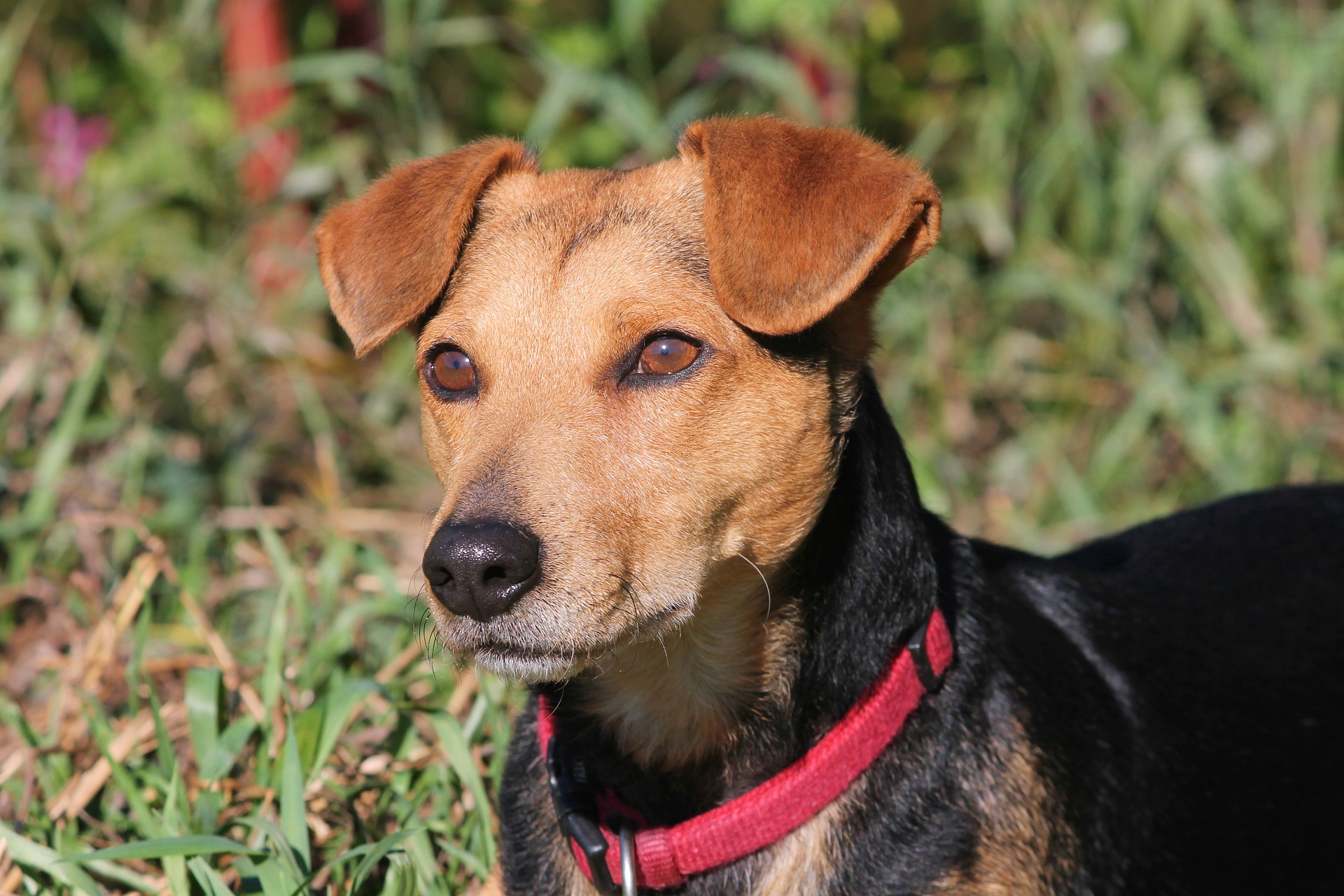Visions are flawed in dogs too. Alike humans, dogs may face vision issues or blindness due to certain illness or disease. In case of mild blindness, many dogs tend to fool their owners in believing that they can see well. It is only when they lose over 80% of vision that the owners can find out about the problem.

There are other common vision issues in dogs, some of which are as follows;
SARDS
Sudden Acquired Retinal Degeneration Syndrome or SARDS is most common in older animals. The median age for the condition in Dogs is 8.5 years. A study found that more than 60% of dogs diagnosed with SARDS are females. It is more common in Dachshunds and Miniature Schnauzers. Pugs, Brittany Spaniels, and Maltese are other breeds also have greater chances of being diagnosed with SARDS.
Cherry Eye
Dogs are gifted with three eyelids, where two are readily visible and third one is faintly visible. It consists tear producing glands in dogs. The gland remains hidden from outside until the dogs are affected with congenital weakness in ligaments which causes the glands to pot out of their place. It looks like a ‘cherry’ popping out of their eye.
Cornel Wounds
The surface of dog’s eyes is covered with a clear skin-like tissue called cornea which can be injured in many instances. Getting poked in the eye, poor tear production or abnormal anatomy are some of the cases of corneal damage in dogs. A dog with corneal damage often rubs at the affected eye and squint because of pain. The eye may also be red and have excessive drainage.
Keratoconjunctivitis Sicca (KCS) or Dry Eye
Dry eye syndrome or Keratoconjunctivities Sicca is very common among dogs. When they develop a dry eye, their tear glands start producing fewer tear. Tears in dogs is important for removing residue and potentially damaging elements from the surface of the eye and nourishing corneal tissues. A dry eye can cause corneal ulcers or chronic drainage of mucus from eyes.
Conjunctivitis (Pink Eye)
The conjunctiva is the mucus membranes which covers the inside of a dog’s eyelids and some parts of their eyeball. Conjunctivitis, also known as pink eye, causes inflammation of the conjunctiva in dogs. The symptoms of conjunctivitis include reddened and swollen conjunctiva, eye drainage and discomfort.
Glaucoma
Glaucoma occurs when the balance of production and drainage of eye fluid is disrupted and pressure within the eye increases. The symptoms of Glaucoma may include pain, eye redness, increased tear production, a visible third eyelid, corneal cloudiness, dilated pupils and enlarged eye.
Cataracts
The Cataract blocks light from reaching the back of the eye resulting in poor vision or blindness. Sometimes the part or all of the lens may develop a cloudy, opaque cataract. It is commonly confused with a normal aging change that affects a dog’s lenses called Lenticular sclerosis. Cataract forms a white, grey, or milky appearance in eyes.
Entropion
Entropion causes hair to rub on the surface of the eye, resulting in pain, increased tear production and eventually damage to the cornea. Some dogs may have eyelids that roll inwards causing Entropion. They can be a congenital problem in some dogs or also develop overtime as a result of chronic squinting due to discomfort or eyelid scarring.
If you find anything wrong with your dog’s eye or suspect any problems, do consult your nearest vet.